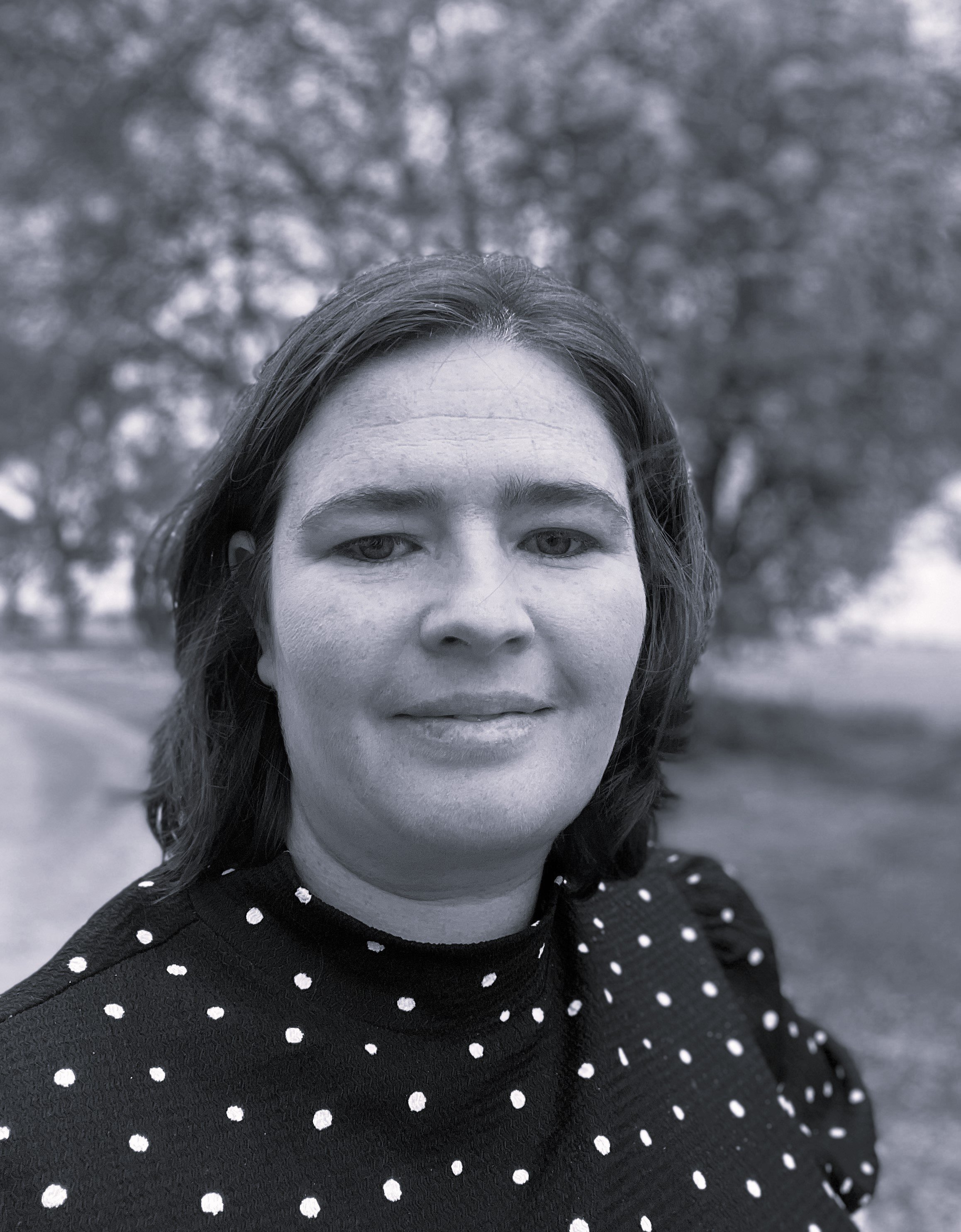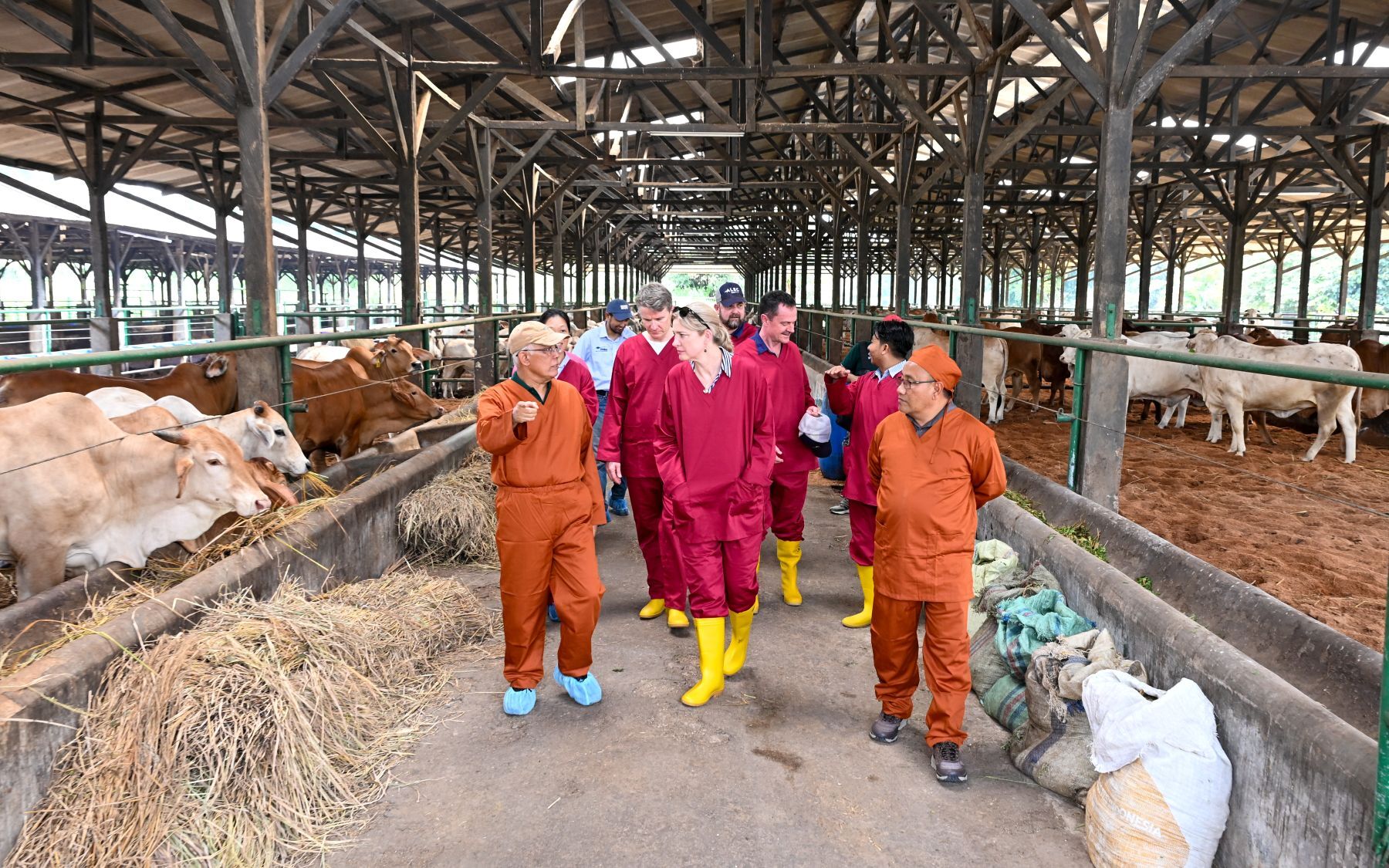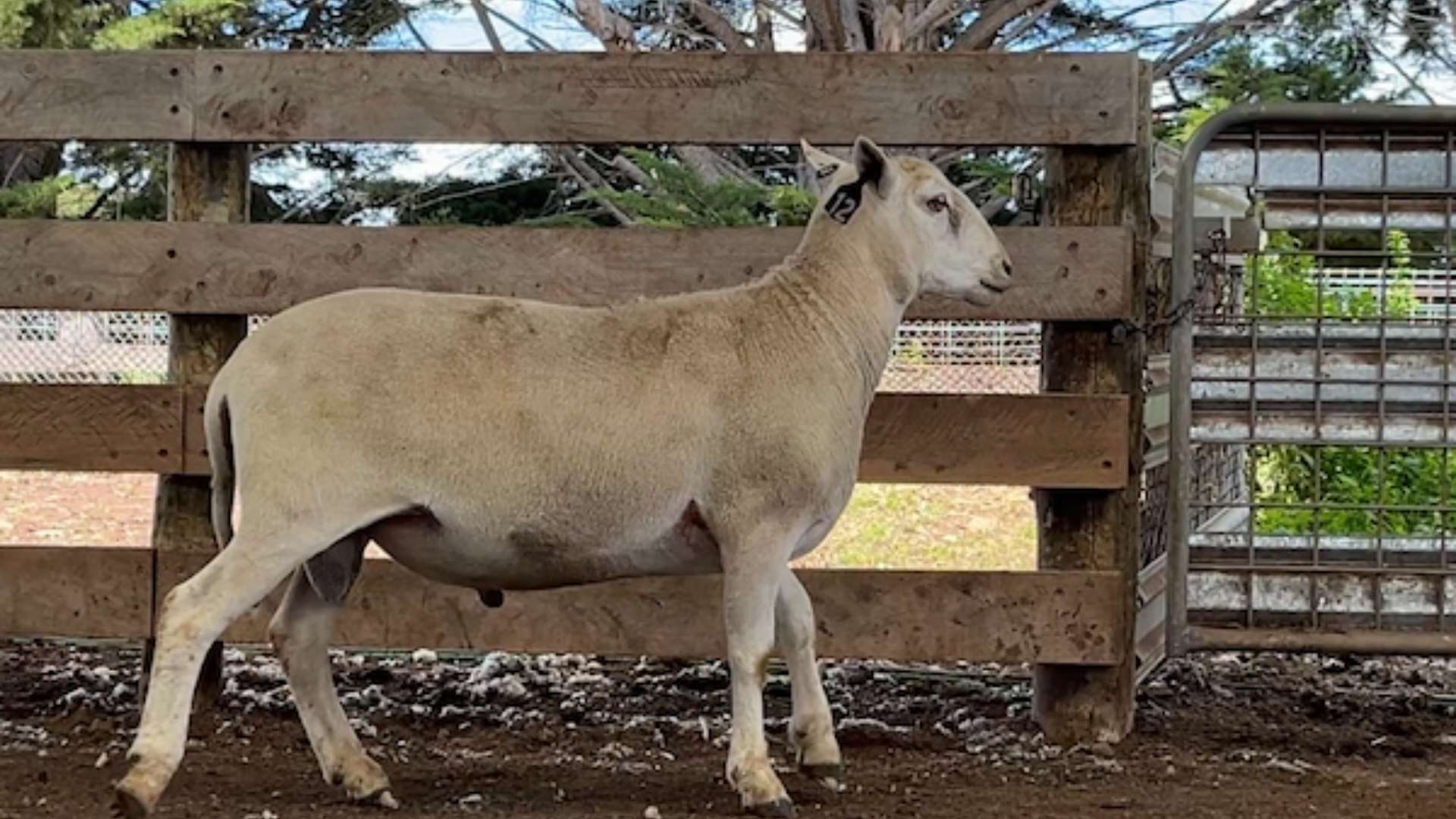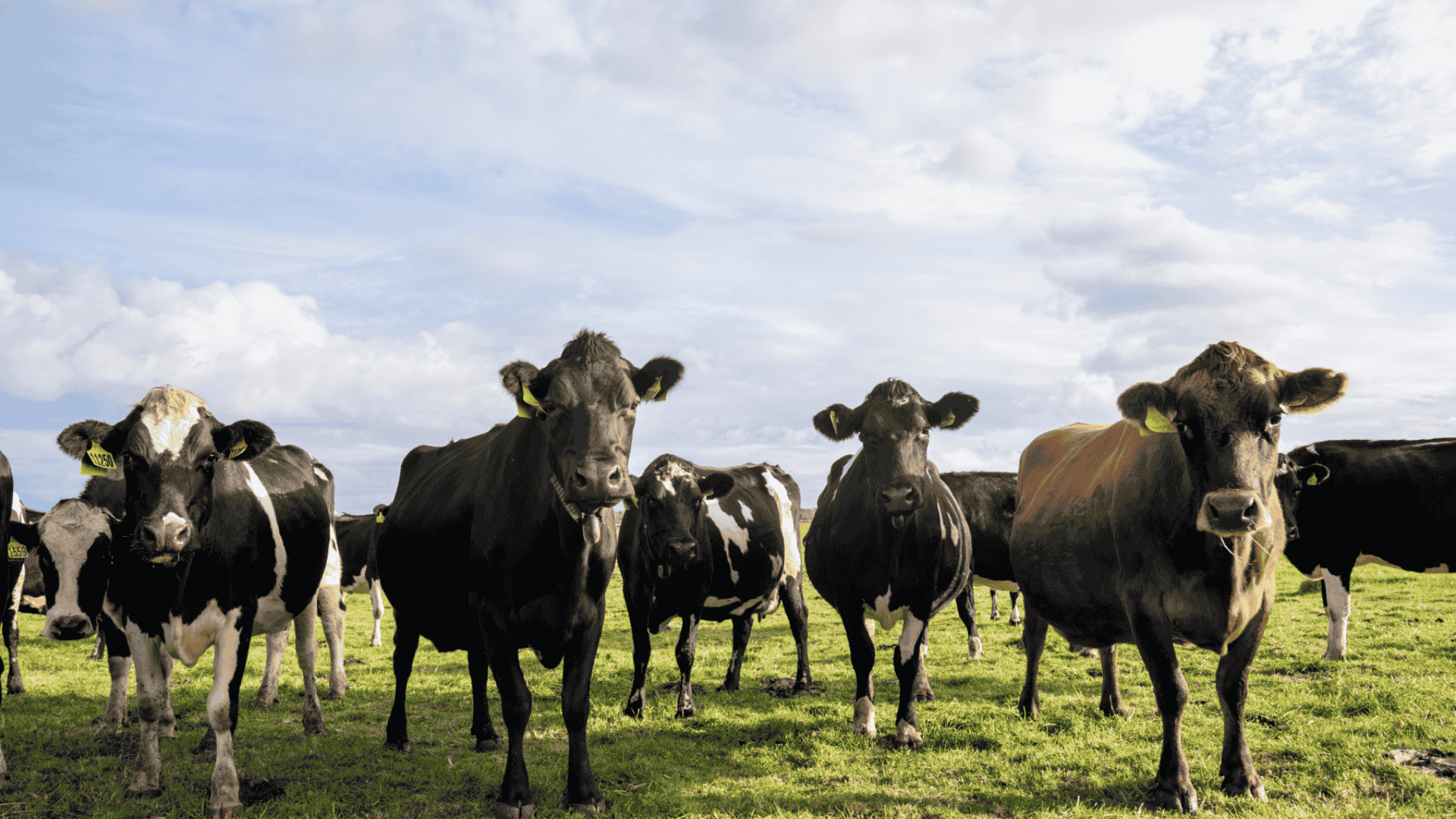Your guide to the 2026 weaner sales on AuctionsPlus
The 2026 selling season is set to commence in early January, with a comprehensive calendar of feature weaner, breeder and store cattle sales being...
2 min read
 Natasha Lobban
:
Aug 1, 2025
Natasha Lobban
:
Aug 1, 2025

Minister for Agriculture Julie Collins has spent three days in Indonesia this week, visiting with her Indonesian Government Ministerial counterparts.
It was a move welcomed by the Australian Livestock Exporters Council (ALEC).
ALEC Chair David Galvin and CEO Mark Harvey-Sutton accompanied Minister Collins to the PT Lembu Jentan Perkasa feedlot in West Java as part of the trip.
Mr Harvey-Sutton said Min Collins' visit was important to see the impact that the Indonesian market has on local people and its importance in Australia.
“Indonesia is our most important market, and it is tremendous that Minister Collins has prioritised visiting Indonesia so soon after the election to visit live cattle supply chains,“ he said.
“There is no substitute for seeing supply chains first-hand to understand the positive impact the Australian industry has here.”
Mr Harvey-Sutton said the live cattle industry underpins cattle production across northern Australia and also contributes tens of thousands of jobs in Indonesia while supporting its food security.
READ MORE: US tariff mercy 'vindicates' Australian trade diplomacy
“The visit is also particularly important to indicate Australia’s support for President Prabowo’s Nutritious Meals Program,” he said.
”This program is ambitious and aims to provide nutrition to millions of schoolchildren across Indonesia.
”Our industry is proud to play an integral role in this program, and we value Minister Collins’ support.”
Earlier in the week Ms Collins' team said she would travel to Indonesia to discuss our close cooperation on a range of agricultural matters.
“Australia’s partnership with Indonesia is incredibly important, and our close cooperation provides great opportunities for the people of our nations,” Ms Collins said.
“The Albanese Labor Government is committed to strengthening our partnership, which is why I am looking forward to what will be a productive visit.
“The quality, safety and reliability of Australia’s agriculture, fisheries and forestry industries are valued by our friends in Indonesia, and it’s great to see how our products support Indonesia’s food security.”
Australia’s live cattle trade strengthened in FY2024–25, lifting 4% from FY2023–24 to 779,541 head.
This represents the highest export figure since 2021 and signifies both a consistent supply of northern Australian cattle and solid export market demand.
The export lift was spread evenly over the 12 months.
MLA Global Supply Analyst Tim Jackson revealed that in July–December 2024, exports rose 5% year-on-year (YoY) to 405,730 head, while in January–June this year, exports lifted 4% YoY to 373,811 head. The stability of the increase and its even spread over the financial year is important in demonstrating supply consistency and stability.

Source: DAFF, MLA.
The results also reaffirm Indonesia’s position as Australia’s largest cattle export market.
”Overall Indonesian exports in FY2024–25 lifted 32% to 561,734 head - making up 72% of Australia’s live cattle exports,” Mr Jackson said.
This was significantly more than the FY2023–24 Indonesian export market share when breeder cattle exports to China and slaughter cattle to Vietnam were markedly higher.
He said the consistent strength of the Indonesian market for Australian cattle demonstrates its continued importance to producers in northern Australia and the role Australian cattle play in ensuring food security.
”Outside of Indonesia, cattle exports were generally below FY2023–24 levels. Exports to Vietnam fell 23% YoY to 109,676 head but remained the second largest market for Australian cattle,” Mr Jackson said.
Cattle exports to China fell from 85,077 head in FY2023–24 to 29,077 head. Demand was likely lower due to Chinese domestic cattle prices affecting demand.
The Middle East and North Africa (MENA) region saw a 64% YoY decrease in cattle exports, down to 20,216 head - mostly due to a substantial Israelian export decline. However, exports to the rest of the region lifted 86% YoY as Jordan and Kuwait took cattle that would have otherwise gone to Israel.
Looking ahead, Mr Jackson said the relative Australian dollar weakness is providing a cost advantage and successive good northern seasons point to strong cattle supply over future months and years.
.png)
The 2026 selling season is set to commence in early January, with a comprehensive calendar of feature weaner, breeder and store cattle sales being...

The first-ever stud ram sale to use integrated Sheep Genetics ASBV data on AuctionsPlus has been hailed a success, with buyers responding strongly to...

Victoria and NSW have both green-lighted virtual fencing technology for cattle this week. Farmers adopting this technology, which uses collars with...